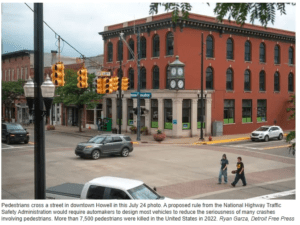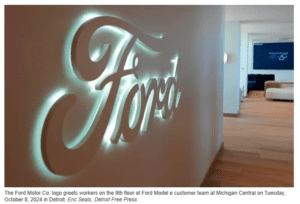Perspective on Waymo’s Progress

I am frequently asked what I think of Waymo’s progress on safety. Here are some thoughts on progress, mishaps, and whether we know they are acceptably safe. At current deployment rates it will take Waymo about 20 years with ZERO fatalities to show they are net as safe as average human driver fatality rates (including the old cars, impaired drivers, etc. in that comparison baseline). Their current statements that they are already saving lives are hype.
Safety at scale still remains the biggest question. And even with reasonable growth rates that question will remain open for many years for robotaxi technology. With Waymo currently in the lead, there are even more question marks for the other players with regard to safety.
Waymo has made impressive progress in scaling up operations. Some had previously criticized their ramp-up for being slower than other companies, but they are looking a lot smarter these days for having done that.
We’ve seen some recent incidents (for example the utility pole crash) and an investigation from NHTSA. I hope those are not signs that they have started scaling up faster than they should due to funding pressure.
This piece in Forbes notes that Waymo is now doing more than 50,000 paid rides a week across three cities and plans to do more launches.
Sounds like a lot! But from a safety point of view not enough to really know how things will turn out.
Waymo is disingenuously messaging that they are already saving lives, but the truth is nobody knows how that will turn out yet. At this rate they will need perhaps 20 years without a single fatality (see math check below) to show they are no worse than an average US human driver. And that is under some wildly favorable assumptions (e.g., software updates never create a new defect — which is not how things work in the real world.). So for practical purposes the bar is set at perfection right now. We’ll have to see how things turn out.
It certainly feels like Waymo has been more aggressive lately, perhaps because they are feeling pressure to show progress to justify further investment with a good news story. The danger is if Alphabet puts too much pressure on Waymo to expand too fast that could generate a bad news story instead of a good one. What happened at Cruise provides a strong cautionary tale for the whole industry. Let’s hope Waymo is not pushed into making the same mistakes.
Math check on 20 years without a single fatality:
50,000 paid rides / week. Assume 5 miles per ride (I understand that is a ballpark number for ride hail; don’t know the number for Waymo). It takes about 300,000,000 million miles with no fatalities to statistically show 100,000,000 mean time between fatal crash at 95% confidence, which is a good ballpark the human driver number, depending on where/when/how/etc. Newer cars like the ones they drive are much better than fleet average 12 year old vehicles, so this gives them an advantage.
300,000,000 miles / (50000 trips/week * 5 miles/trip * 52 weeks/year) = 23.08 years at 5 miles/ride
At 6 miles per ride it is 19.2 years.
At 7 miles per ride it is 16.5 years.
So in round numbers, about 20 years with ZERO fatalities to show about the same as a human driver. And, that average number includes the drunks and old cars without the newest/best safety features.






